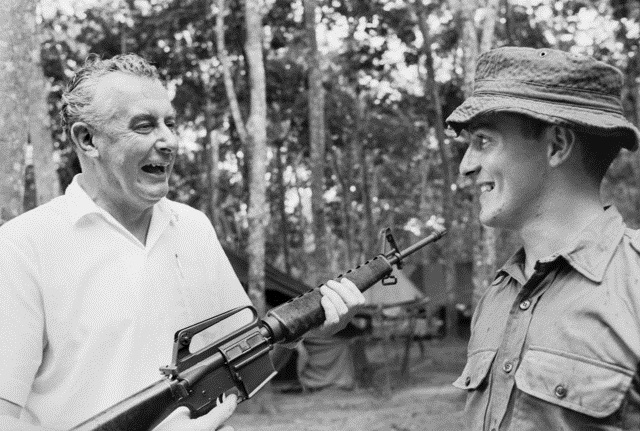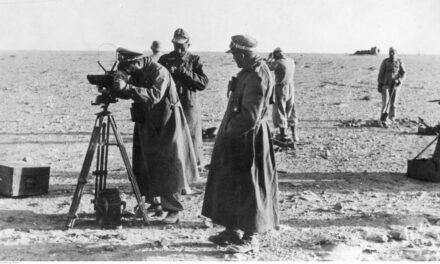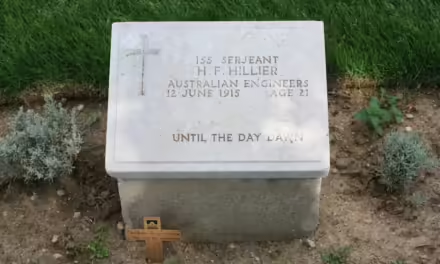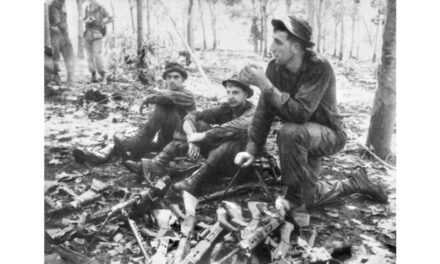Reading time: 4 minutes
Gough Whitlam was a physical giant with an intellect to match. His flaws were pretty sizeable, too, and the pygmies who beset him were often from his own party. His self-mocking humour was immensely appealing, and could only be carried off by someone with giant status: ‘I’ve never said I’m immortal. I do believe in correct language. I’m eternal; I’m not immortal’.
The Strategist is the right place to appreciate the bigness of the man’s ambitions—and significant achievements in foreign and defence policy. This post will consider Defence.
During his three years in government, from 1972 to 1975, in the agony of the final days of the Vietnam War, Whitlam delivered Australia two immensely valuable strategic benefits that are still central today. He held on to the US alliance and he helped give birth to an understanding that Australia could defend itself. The two thoughts aren’t truly opposed and Whitlam’s achievement was to embrace them both in ways that made it possible for them to become the heart of Australian defence policy, strongly supported by both sides of politics.
Whitlam’s coming to power was the moment when Australia could’ve turned away from the US alliance. In the dark days of Opposition, Jim Cairns went close to beating Whitlam in a close-run caucus leadership ballot. The vote was all about an acid question aimed at their giant leader—‘Whose party is it, his or ours?’ Luckily, Labor decided it was Whitlam’s party.
A Cairns leadership—or merely a post-Whitlam leadership—could’ve seen Labor go down the road David Lange took New Zealand. The bitterness and disillusion of Vietnam would’ve been the context and the cause would’ve been ALP opposition to US bases in Australia. Nixon’s intense displeasure at the critical comments about Vietnam coming from the new Australian government would’ve meant there was no mood of compromise in Washington.
Whitlam preserved the core structure of ANZUS and fought off the efforts of the ALP Left to close the US intelligence and communications bases. Hanging on to the alliance was an important call, and Whitlam made it. Part of the trick was the rhetoric about a new and more confident Australia that shifted beyond a subservient dependence on the US. After Nixon’s ‘Guam doctrine’ moment in 1969—allies would have ‘primary responsibility’ for their own defence—Australia had started to grapple with the implications of the demise of ‘forward defence’ in Southeast Asia and what a Defence-of-Australia policy might look like.
Under Whitlam, the Arthur Tange revolution was launched upon the Defence Department, amalgamating five departments and giving birth to the term ‘Australian Defence Force’. The conceptual changes that swept through Canberra meant that it was the Fraser government in 1976 that brought down an accurate rendering of the new defence policy Tange had created for Whitlam.
After the bitter political division over Vietnam, conscription and the alliance, the Whitlam Labor and Fraser Liberal governments enshrined a bipartisan defence consensus that has lasted more than 40 years. Australia could create an independent capability for its own defence and action in its own region that reinforced rather than weakened the US alliance.
To see Whitlam’s role in that achievement, see that first Australian Defence White Paper in 1976 (below) as a joint Whitlam-Fraser achievement, delivered by Fraser but built by Whitlam. At its core were Whitlam’s thoughts about the need for Australia’s ‘new role’ and the stress on the need for Australia to be self-reliant:
We no longer base our policy on the expectation that Australia’s Navy or Army or Air Force will be sent abroad as part of some other nation’s force, supported by it. We do not rule out an Australian contribution to operations elsewhere if the requirement arose … But we believe that any operations are much more likely to be in our own neighbourhood than in some distant or forward theatre, and that our Armed Services will be conducting joint operations together as the Australian Defence Force.
The battle over what those thoughts mean for the ADF still rages in Canberra, but Whitlam’s role in putting them at the heart of Australian policy (and quickly moving on from the trauma of Vietnam) is unarguable.
This article was originally published in The Strategist.
Articles you may also be interested in
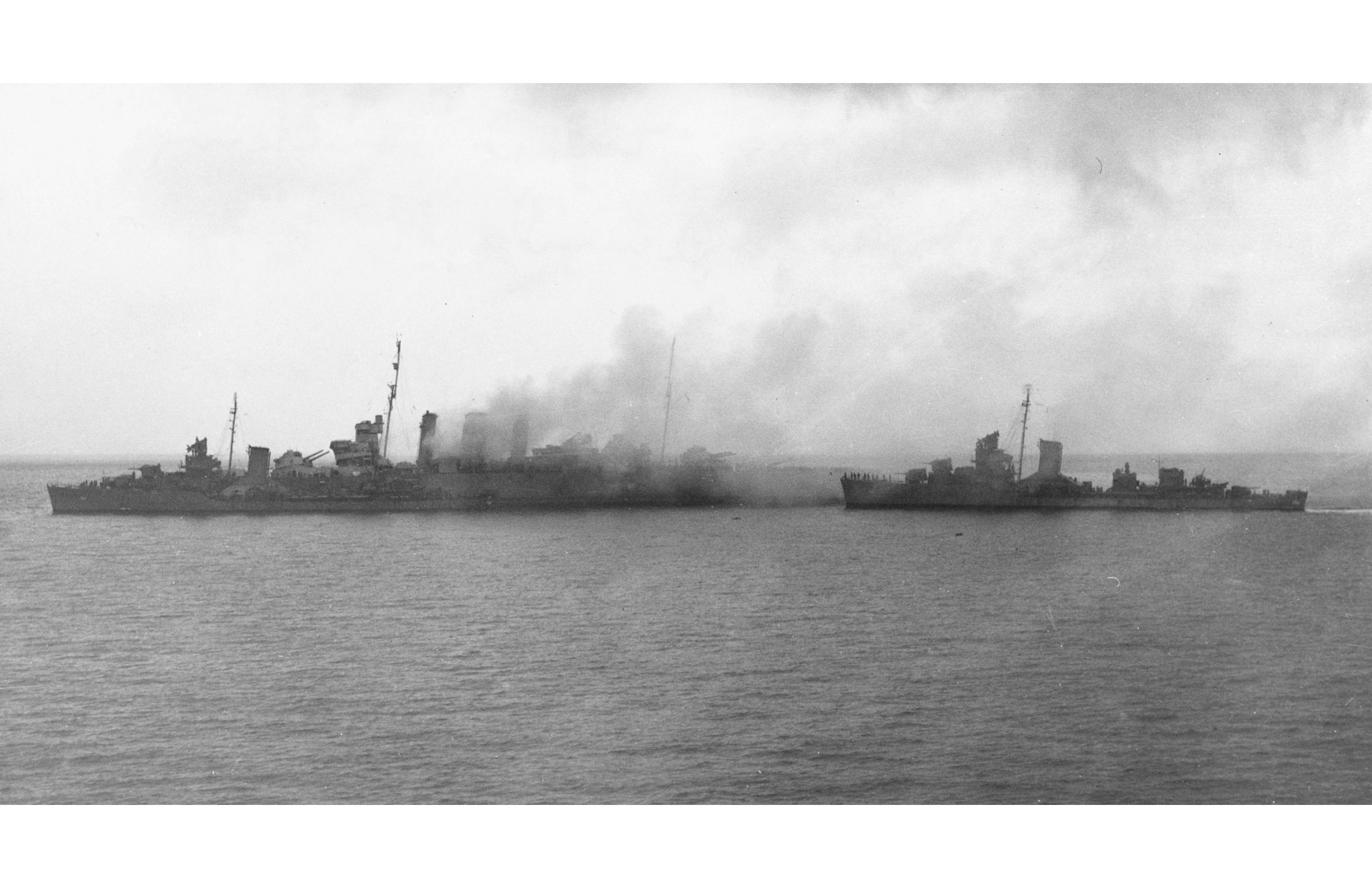
DISASTER AT SAVO ISLAND, 1942
The Battle of Savo Island The Battle of Savo Island occurred early in the morning on 9 August 1942 when the the Japanese 8th Fleet surprised the Allied Task Force shortly after the landing at Guadalcanal. In approximately 37 minutes, the Japanese Navy destroyed four Allied heavy cruisers and killed more than 1000 American and Australian sailors, handing […]
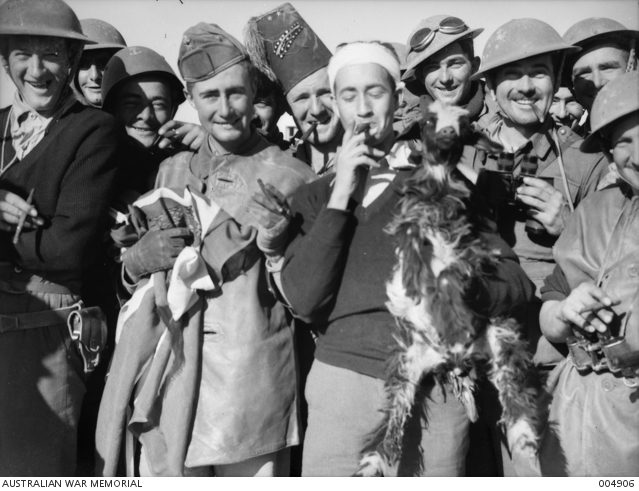
Remembering the Victory at Bardia
Just over 80 years ago, Australian forces fought their first major battle of World War II. Bardia, a small town on the coast of Libya, some 30 km from the Egyptian border, was an Italian stronghold. The Australian troops occupied Bardia, defeating the Italians in a little over 3 days. Australian veteran, Phillip Wortham, simply […]


